×

×
Don't Miss Upcoming Promotions
Enter your email below to stay updated on our latest specials.
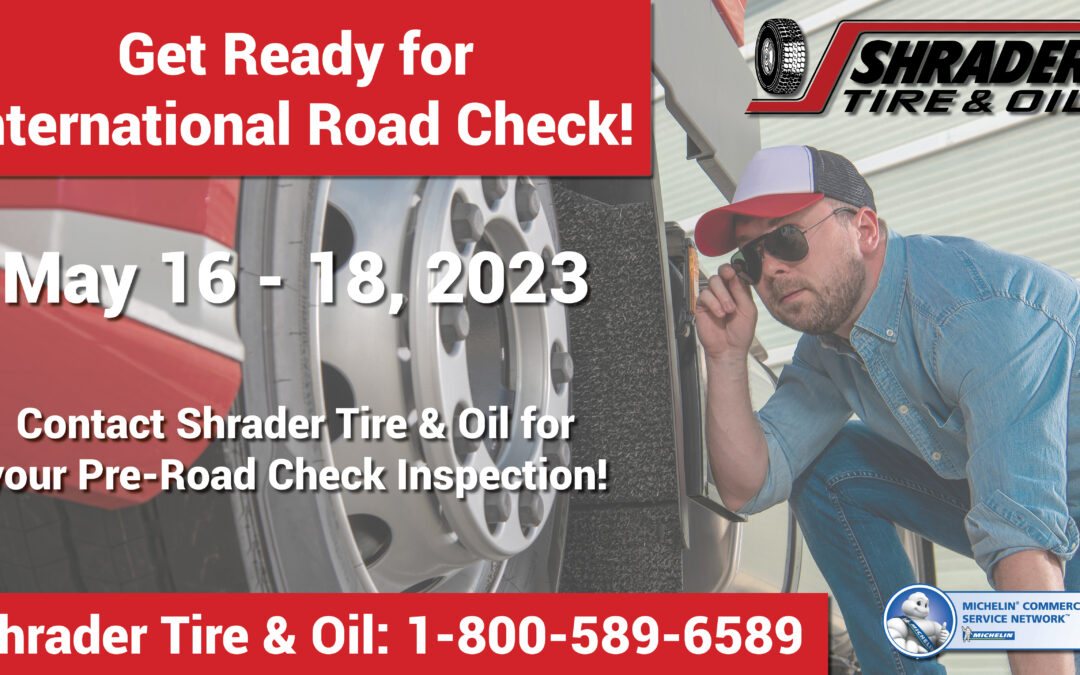
The Commercial Vehicle Safety Alliance (CVSA) has announced May 16-18 as this year’s International Roadcheck.
International Roadcheck is a high-visibility, high-volume 72-hour inspection and enforcement event where CVSA-certified inspectors in Canada, Mexico and the U.S. conduct inspections of commercial motor vehicles and drivers at weigh/inspection stations, designated inspection areas and along roadways.
Data will be gathered from those three days and shared later this year, as a snapshot of the state of commercial motor vehicle and driver safety.
International Roadcheck also provides an opportunity to educate the motor carrier industry and general public about the importance of safe commercial motor vehicle operations and the North American Standard Inspection Program.
During a routine North American Standard Level I Inspection, inspectors focus on two areas – driver and vehicle safety compliance:
Vehicle safety – Inspectors will ensure the vehicle’s brake systems, cargo securement, coupling devices, driveline/driveshaft components, driver’s seat, fuel and exhaust systems, frames, lighting devices, steering mechanisms, suspensions, tires, wheels, rims, hubs and windshield wipers are compliant with regulations. Inspections of motorcoaches, passenger vans and other passenger-carrying vehicles also include emergency exits, seating, and electrical cables and systems in the engine and battery compartments.
Driver safety – Inspectors will check the driver’s operating credentials, hours-of-service documentation, status in the drug and alcohol clearinghouse, seat belt usage, and for alcohol and/or drug impairment.
Shrader Tire and Oil conducts DOT inspections at our fleet and tire centers.
Contact us today to have your truck inspected before International Road Check!
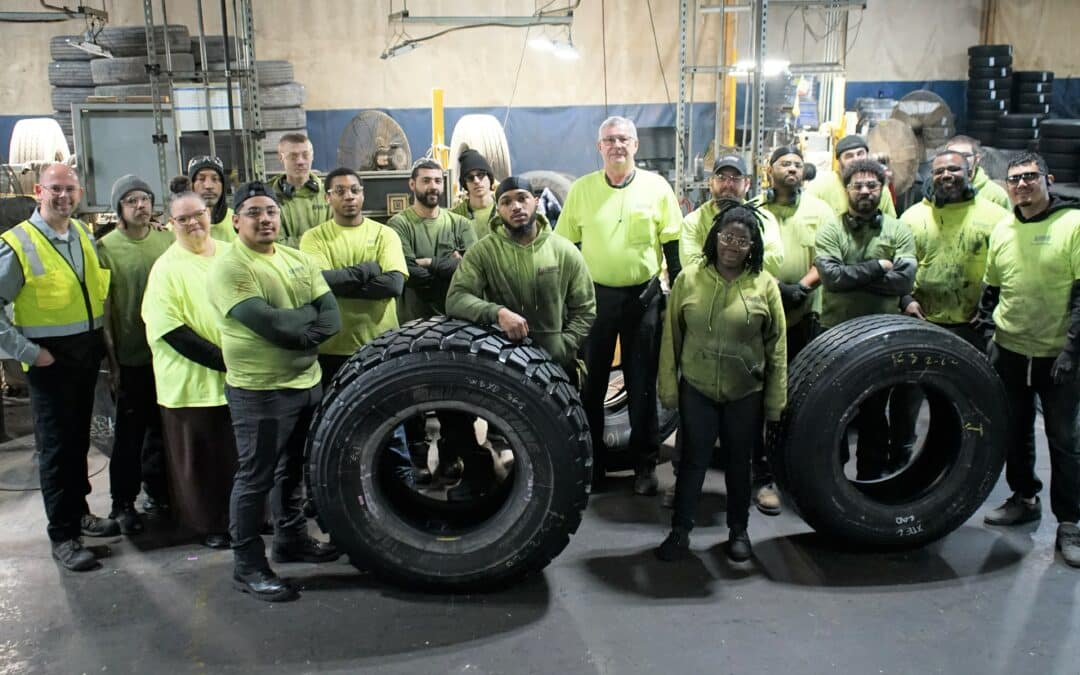
As a certified Michelin Retreader, Shrader Tire & Oil recently earned the highest audit scores in the industry.
With our nine-step manufacturing process, we ensure efficient and quality results. Our retreads are held to the highest standard and are inspected thoroughly – both digitally and by hand. To support our claims, all of our retreads are backed by a warranty.
Shrader Tire and Oil was a big winner at a recent Michelin awards banquet, winning multiple awards after the annual audit.
“STO made an extremely big splash,” said General Manager of Manufacturing and MDC Distribution Bob Watters. “By earning such high scores, both of the Shrader Tire and Oil plants exhibited our commitment to continuous improvement.”
MRT I, located in Melvindale, Mich., received a 100 percent Audit Safety Score. MRT II, located in Pemberville, Ohio, received a quality audit score of 98 percent.
Here’s a breakdown of the awards:
MELVINDALE BEST OF BEST ACHIEVEMENT AWARDS:
PEMBERVILLE BEST OF BEST ACHIEVEMENT AWARDS:
Contact Shrader Tire & Oil today at 800-859-6589 and ask about our retreads. You will be glad you did!

By Zach Sutton | Chevron Lubricants
March 8, 2023 – December roared in with a coast-to-coast series of howling snowstorms and plunging temperatures. It’s the time of year when fleet operators and drivers become more conscious of the coolants they are using and making sure they are working properly. In reality, thinking of coolant maintenance as a seasonal issue is a bit old fashioned. At Chevron Lubricants, we advocate year-round coolant inspections as part of your preventive maintenance program. In fact, we recommend to our fleet customers that they include a cooling system checklist in their PM worksheets. The importance of a healthy coolant should not be underestimated – 40% of engine-related failures are tied to the coolant, and an “estimated 60% of engine downtime in the commercial trucking sector is coolant related.”* It cannot be an afterthought.
The only opportunity maintenance managers have to make sure a truck has the right amount of coolant, and its physical properties are in proper balance, is when the truck is in the bay for regular maintenance. If a driver has to top off the reservoir on the road, he or she runs the risk of co-mingling two incompatible coolants. The coolant should be tested before a vehicle is put back into service to make sure it’s good to go.
Testing a coolant starts with a visual inspection – look to make sure it’s clear, bright, and free of any particles. Next, check the freeze point using a properly calibrated refractometer. The freeze point – the temperature at which the coolant will freeze – is the fluid’s most important physical property. A refractometer will show the balance of glycol to water in the coolant, which is what determines the freeze point. We have found that the floating ball hydrometers commonly used in the industry are inconsistent, inaccurate and ineffective; therefore, we do not recommend its use. Most test labs use refractometers and they are fairly easy for maintenance crews to utilize.
The next step is to test for the acidity, or alkalinity, level of the coolant. This is done using a pH test strip, which ranges from zero to 14. In an extended-life coolant, the pH level should be around eight or nine. If it drops below that, it means the coolant is turning acidic and you have to track down the cause of the acidity. If you are using a nitrite-free coolant and the pH level is higher than nine, it is likely an indicator that you may have nitrites in the coolant that are interacting with unpassivated aluminum in the system or with the flux used to join those aluminum parts together.
The aftermarket is filled with high- and low-quality coolants of all colors; therefore, color is not a good indicator of the type of coolant* and operators should not rely on the coolant color to determine the extent of a coolant’s properties or performance. In fact, the color is merely a dye and has nothing to do with coolant performance. It is imperative to read the fine print on the coolant label to ensure you are maintaining the appropriate coolant type in your system. Make sure the test strip is of the color-resistant variety; sometimes the dye in a coolant can interfere with the reading.
Finally, don’t overlook the radiator cap. Make sure it is not broken or cracked and is sealing correctly, and the system is properly pressurized. If it’s not, the water can boil off, resulting in an excessive concentration of glycol, which can lead to extensive issues, the most common of which is damage to the exhaust gas recirculation (EGR) system. Check the cap frequently – caps are inexpensive and have been known to fail right out of the box.
As part of incorporating coolant maintenance into your preventative maintenance schedule, a full coolant analysis performed at an analytical laboratory should be performed once a year. This analysis is vital to provide an insight into the overall operating condition of the in-service coolant.
Adding coolant maintenance to your existing program will help reduce downtime and increase efficiency. With the additional coolant testing being performed, don’t forget to consistently log the results to track the trends over time. This is a good practice, not only with coolant maintenance, but also with your other fluids.
Clearly there is more to coolant maintenance than simply topping of the reservoir at a truck stop. It should be part of every regular maintenance interval. The same procedures hold true for both on- and off-highway heavy duty equipment. If you are performing regular coolant testing all year round, you don’t need to worry about “winterizing” your cooling system. However, if the onset of winter elevates coolants to top of mind, then there is no time like the present to do a proper inspection. If you discover problems with the coolant, it is advisable to flush it out completely and start fresh with clean and reliable coolant.
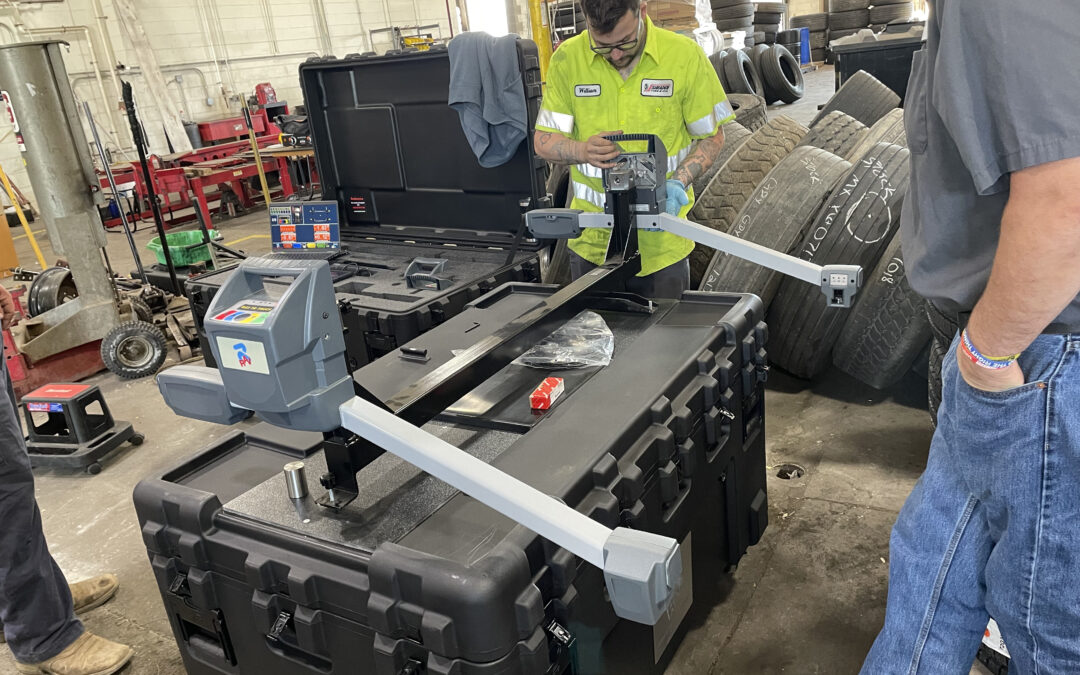
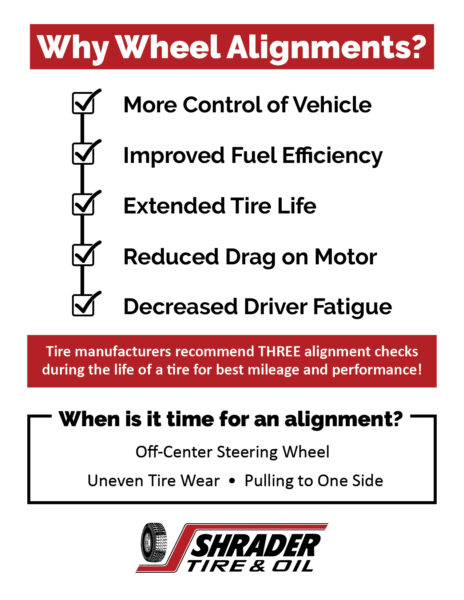
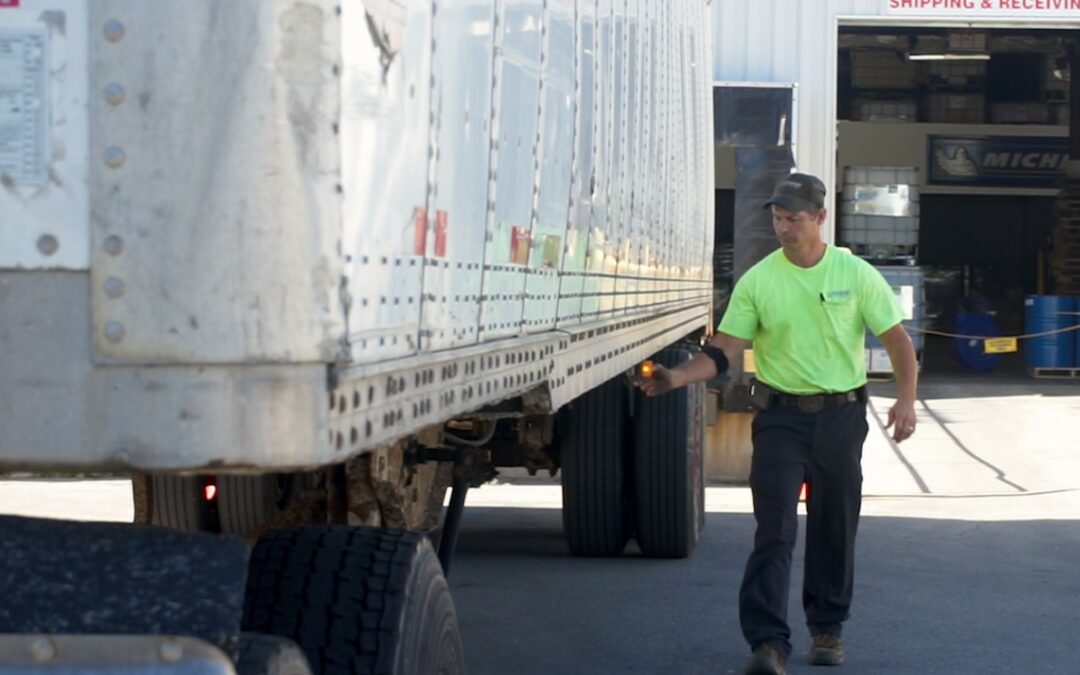
This year’s focus for Operation Safe Driver Week is speeding.
Safe Driver Week began Sunday, July 10, across the United States, Canada, and Mexico. Law enforcement will be on roadways throughout this week watching for commercial motor vehicle and passenger vehicle drivers engaging in unsafe driving behaviors, such as speeding, distracted driving, following too closely, improper lane change, drunk or drugged driving, etc.
At Shrader Tire and Oil, safety is always our No. 1 priority, whether its delivering products to one of our 14 fleet stores to getting your fleet back in service.
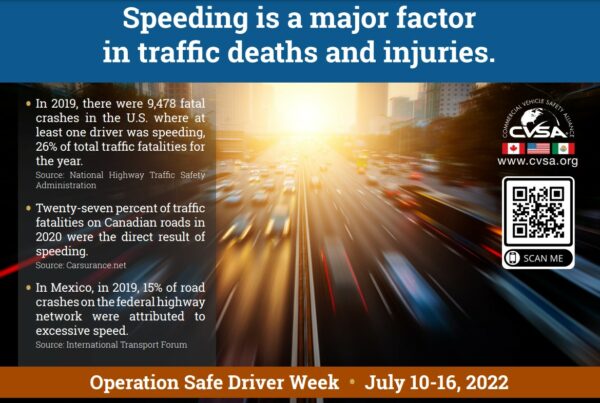
The Commercial Vehicle Safety Alliance’s (CVSA) Operation Safe Driver Program was created to improve the driving behaviors of all drivers and reduce the number of crashes involving commercial motor vehicles on our roadways through educational and traffic enforcement strategies. Operation Safe Driver Week was created by CVSA with support from federal agencies in Canada, Mexico and the U.S., the motor carrier industry, and transportation safety organizations.
This year’s campaign encourages everyone to slow down and travel at a safe speed.
“This safe driving initiative and campaign focuses specifically on drivers’ actions – whether it’s something a driver did, like speeding, or something they didn’t do, such as not paying attention to the driving task,” said CVSA President Capt. John Broers with the South Dakota Highway Patrol. “This focus on drivers’ behaviors is our effort to identify and educate drivers who are operating dangerously on our roadways, with the goal of preventing crashes from occurring.”
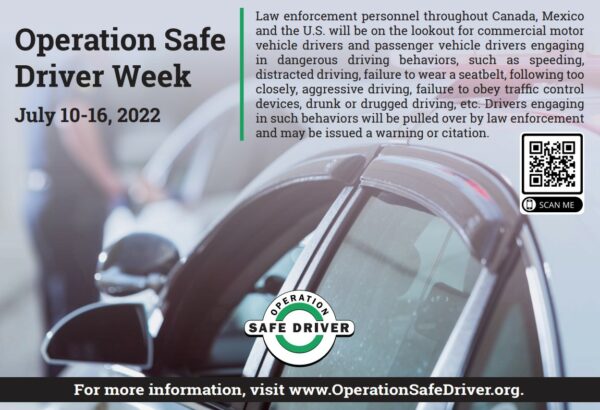
Earlier this year, the U.S. Department of Transportation’s National Highway Traffic Safety Administration (NHSTA) released its latest annual traffic crash report, showing that 38,824 lives were lost in traffic crashes nationwide in 2020 – the highest number of fatalities since 2007. And while the number of crashes and traffic injuries declined overall, fatal crashes increased by 6.8%.
Among the alarming statistics in NHTSA’s report was the key finding that speed-related fatalities increased by 17%. Consequently, speeding, in particular, will be a dangerous driving behavior that officers will identify and target during Operation Safe Driver Week.
“The rising fatalities on our roadways are a national crisis; we cannot and must not accept these deaths as inevitable,” said U.S. Transportation Secretary Pete Buttigieg.
Shrader Tire & Oil is committed to safety and welcomes the special focus this year on Safe Driver Week.
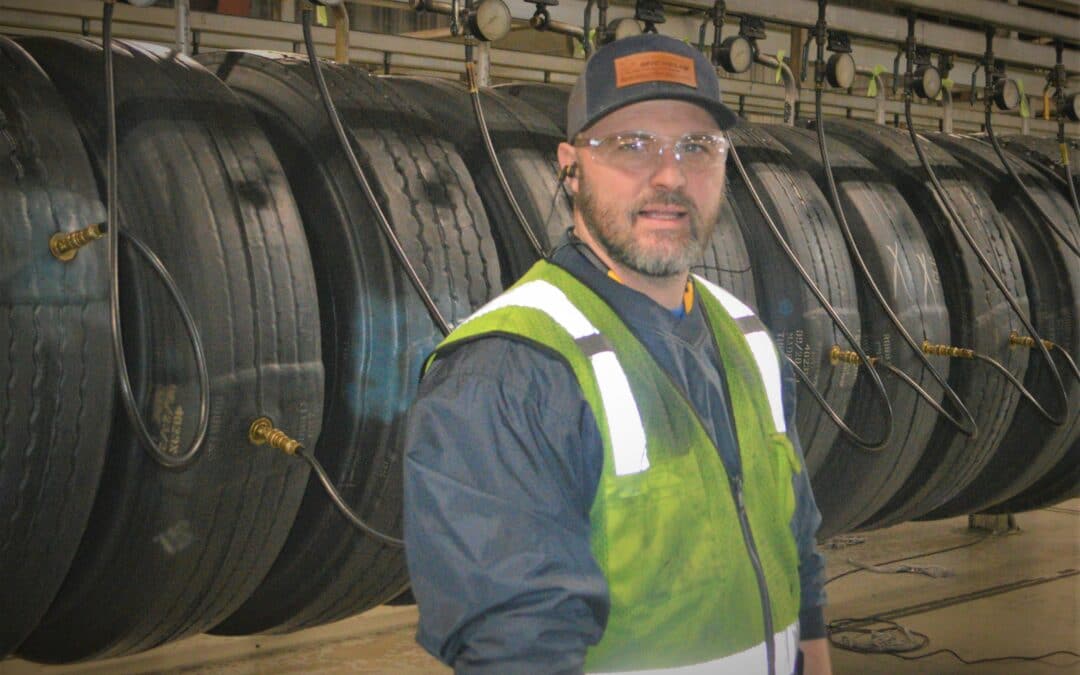
Retread tires are created by removing a worn-out tire tread and applying a new one, without having to deal with the components required to produce new casings. So, what’s the benefit to you, and why should they take the place of a new tires? To put it simply, retread tires are cheaper, of equal quality and performance, safe, environmentally friendly, and built to last.
Through the retread process, businesses are able to maintain lower production costs, ultimately leading to a lower price for consumers. Since new casings aren’t necessary, all efforts are able to focus solely on the production of new treads. Even though they are cheaper, their fuel efficiency, life span, and overall quality is equal to, if not better than, new tires.
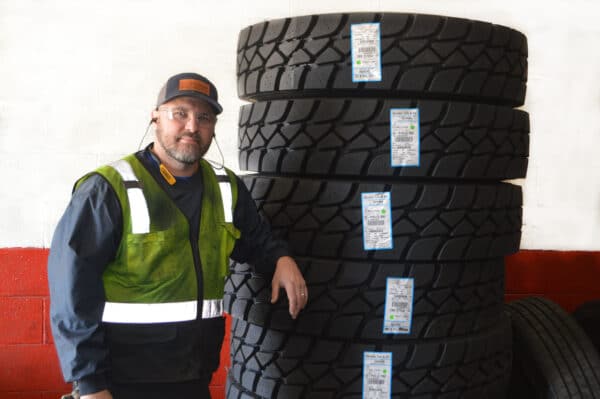
This is where Shrader Tire & Oil can step in. We are the solution to your retread tire needs. As a certified Michelin MRT Retreader, Shrader Tire & Oil recently earned the highest audit scores in the industry. With our nine-step manufacturing process, we ensure efficient and quality results. Our retreads are held to the highest standard and are inspected thoroughly – both digitally and by hand. To support our claims, all of our retreads are backed by a warranty.
Although the myths about retreading may seem alarming, according to the Managing Director of the Tire Retread & Repair Information Bureau (TRIB), studies indicate that retread tires are just as reliable and safe as new tires. As long as they are properly maintained, exactly like how you would with a new set of tires, they will be just as effective.
As more information is uncovered, the demand for retread tires is ever increasing. TRIB states that 89 percent of fleets with 500 trucks or more utilize them. However, it’s not only about the large fleets. As the retread process continues to evolve and improve, fleets across the country, both large and small, are recognizing the benefits of retreading. This is especially true for those considered a part of the last mile.
There is no better application for retread tires than when it comes to box trucks, delivery vans, and other light weight trucks. For companies such as UPS and FedEx, they are a necessity. With such high delivery rates, these types of trucks are constantly turning, accelerating, braking, and damaging their wheels. Retread tires are the most cost-effective solution to the high demand of tires in this industry. The bottom line is that retread tires are here to stay – and it’s for a good reason.
Contact Shrader Tire & Oil today at 800-859-6589 and ask about our retreads. You will be glad you did!
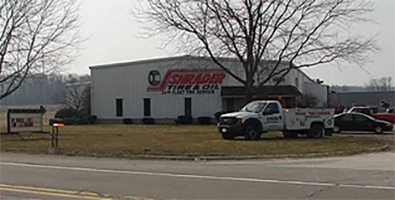
517.486.4633

513.733.8200
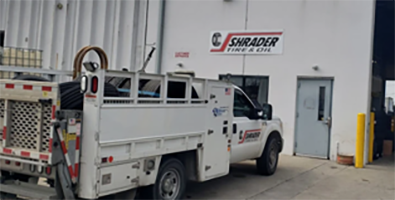
614.445.6601
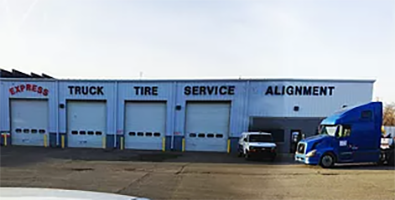
313.386.0451
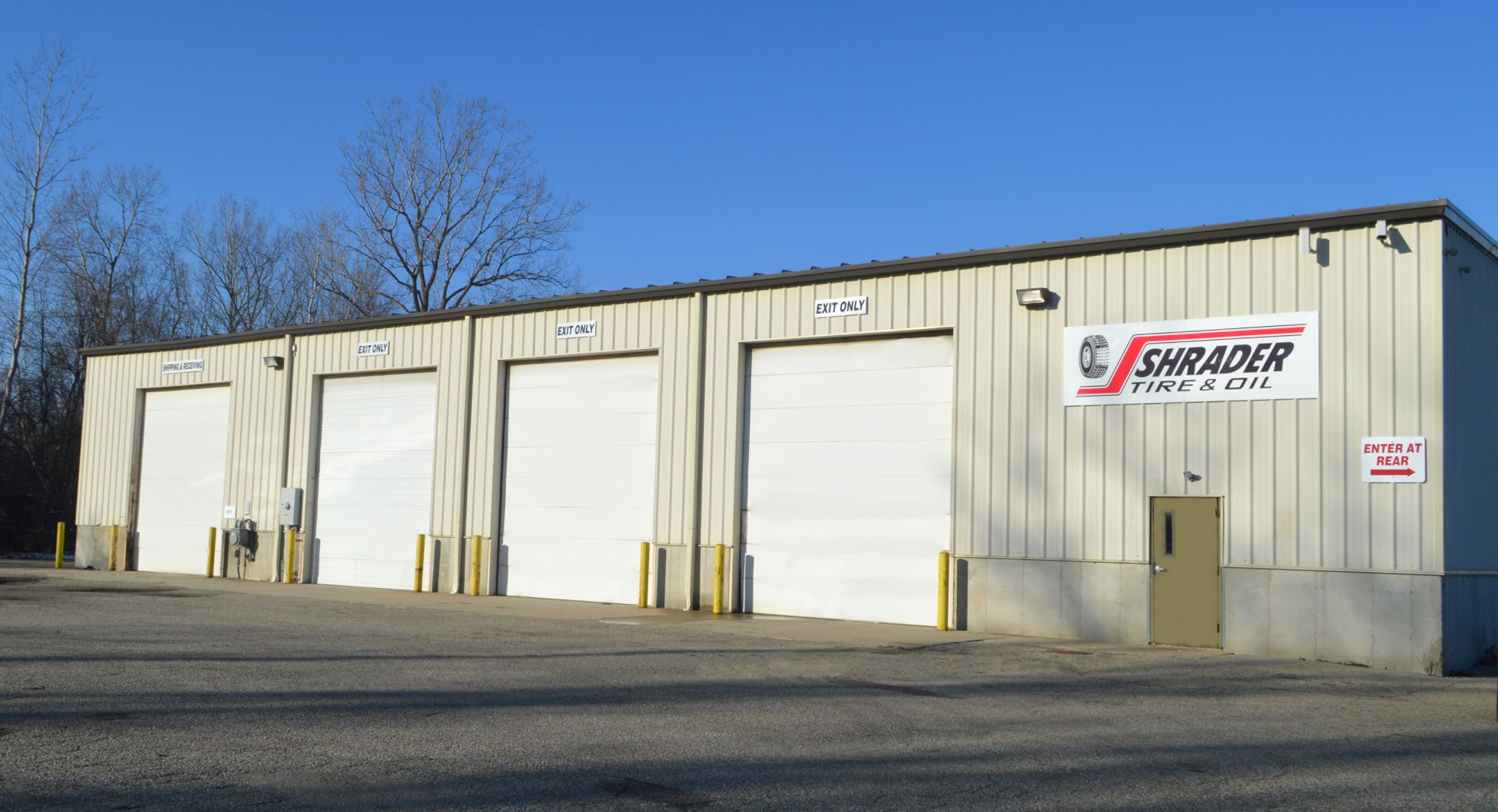
810.288.6458
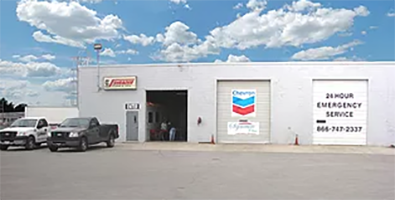
260.420.8435
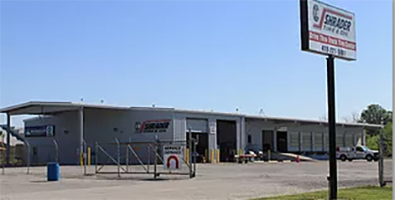
419.221.5001
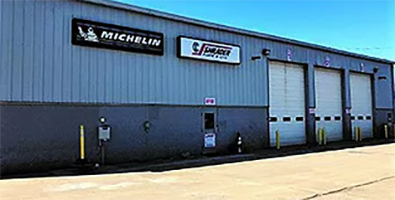
740.788.8032
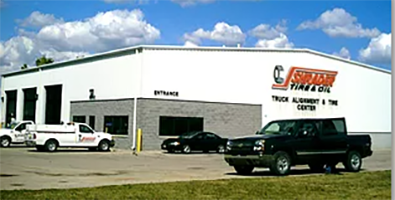
419.727.9468
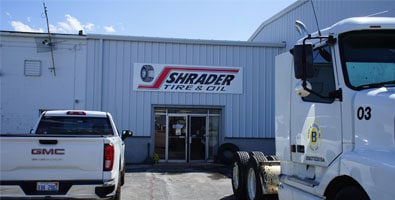
419.837.6591
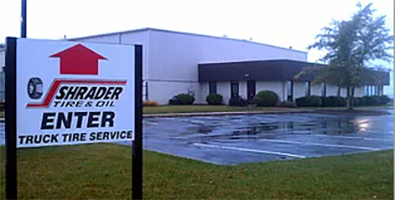
574.968.0067
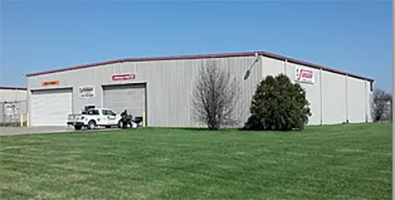
734.434.9300
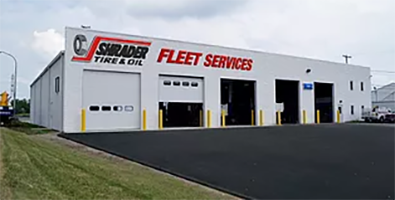
419.720.0422
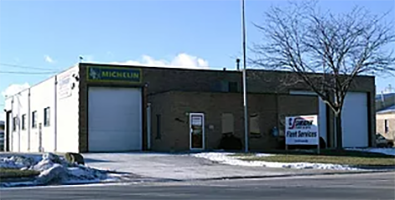
586.777.9030